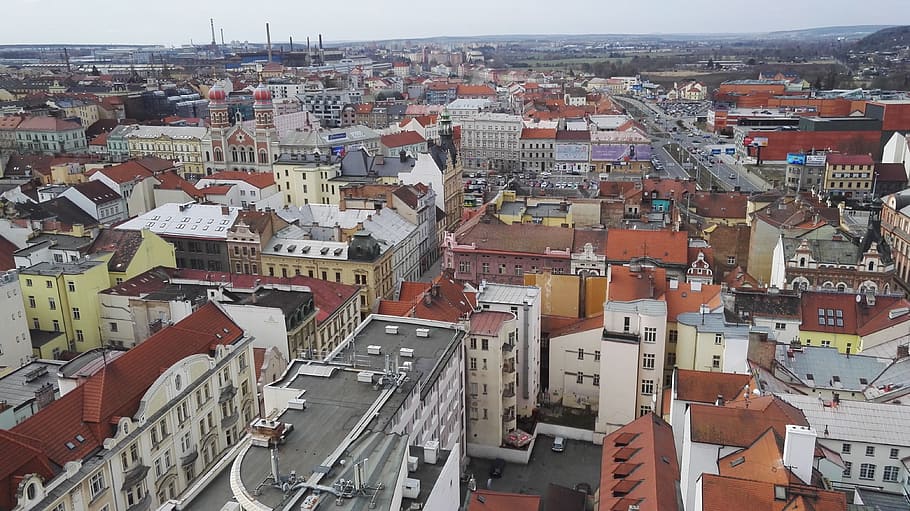Living in Chicago doesn’t have to drain your bank account. With housing costs rising across the country, finding cheap places to live in Chicago has become more important than ever. Whether you’re a recent college graduate, young professional, or family looking to stretch your budget, Chicago offers plenty of affordable neighborhoods that don’t sacrifice quality of life.
Chicago’s rental market is incredibly diverse, with options ranging from trendy urban areas to quiet suburban-style neighborhoods. The key is knowing where to look and what makes each area special. We’ve done the research for you, talking to locals and analyzing rental data to bring you 11 budget-friendly neighborhoods that residents actually recommend.
This guide is perfect for budget-conscious renters and newcomers to Chicago who want insider knowledge about affordable living options. You’ll discover hidden gems, learn money-saving tips, and get honest feedback from people who call these places home.
Table of Contents
What Makes a Chicago Neighborhood Affordable and Livable?
Key Factors to Consider
When searching for cheap places to live in Chicago, it’s not just about the lowest rent price. You need to think about the total cost of living and quality of life. Here are the main factors that make a neighborhood both affordable and enjoyable:
Average rent prices should be below the city median, which currently sits around $1,400 for a one-bedroom apartment. Look for areas where you can find decent one-bedrooms under $1,200 and two-bedrooms under $1,500.
Transportation costs matter just as much as rent. A neighborhood might have cheap rent but expensive commuting costs that eat into your savings. The best affordable areas have good CTA access, keeping your monthly transportation costs under $100.
Safety is non-negotiable, even when you’re budget shopping. Check crime statistics and trust your gut when visiting neighborhoods. Most of our recommended areas have improving safety records and active community watch programs.
Local amenities like grocery stores, pharmacies, and restaurants make daily life easier and more affordable. Neighborhoods with good walkability scores often help residents save money on transportation and dining out.
How We Selected These Neighborhoods
We didn’t just look at rental listings to find these cheap places to live in Chicago. Our selection process included surveys with local residents who shared their honest experiences about costs, safety, and community life.
Rental data came from multiple sources including Zillow, Apartments.com, and local property management companies. We analyzed average rents over the past year to ensure our information reflects current market conditions.
Walkability and transit scores from Walk Score and CTA route maps helped us understand how easy it is to get around without a car. Community feedback from neighborhood Facebook groups, Nextdoor, and local forums gave us insights into what residents really think about their areas.
Top 11 Cheap Places to Live in Chicago
1. Albany Park
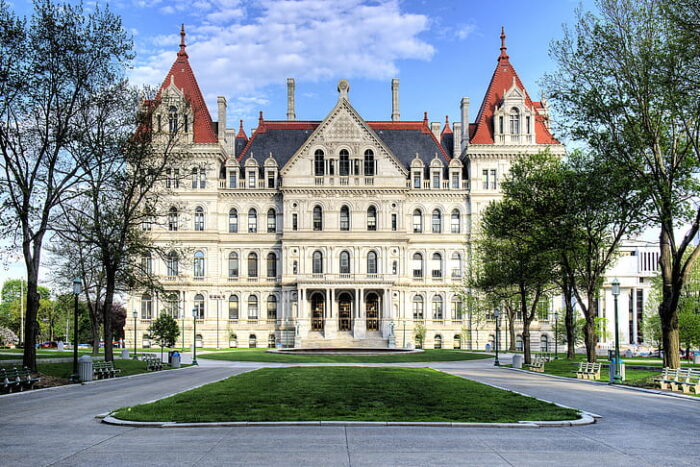
Albany Park consistently ranks among the most affordable neighborhoods in Chicago, with one-bedroom apartments averaging $950-$1,200. This diverse area offers everything from vintage courtyard buildings to newer construction, giving renters plenty of housing options.
The Brown Line runs right through Albany Park, making downtown commutes easy and affordable. You can reach the Loop in about 30 minutes for just the price of a CTA pass. The neighborhood also has excellent bus connections along Lawrence and Kimball.
Food lovers will appreciate Albany Park’s incredible dining scene. You’ll find authentic Korean BBQ, Middle Eastern markets, and some of the city’s best tacos all within walking distance. The neighborhood’s diversity means you can eat your way around the world without leaving the area.
Locals love Albany Park because it feels like a real community. “It’s one of the few places in Chicago where you can still afford to live near great food and culture,” says Maria, a three-year resident.
2. Bridgeport

Bridgeport offers affordable housing with a strong neighborhood identity. Rent typically ranges from $800-$1,300 for one-bedrooms, making it one of the cheapest places to live in Chicago for young professionals.
This historic neighborhood sits just south of downtown, putting you close to the action without downtown prices. White Sox fans love being walking distance from Guaranteed Rate Field, and the area has seen significant investment in recent years.
Local attractions include the Zhou B Art Center, plenty of dive bars with character, and Maria’s Packaged Goods & Community Bar, famous for its craft beer selection. The neighborhood maintains its working-class roots while attracting young creatives.
“Bridgeport has this perfect mix of old Chicago charm and new energy,” explains Tom, a local resident. “Plus, my rent is half what my friends pay in Lincoln Park.”
3. Little Village

Little Village, known as the “Mexico of the Midwest,” offers some of the most affordable housing in Chicago while providing rich cultural experiences. One-bedroom apartments typically cost $700-$1,100, making it incredibly budget-friendly.
The neighborhood has strong public transportation connections with multiple bus lines and the Pink Line providing easy access to downtown and other parts of the city. You can reach the Loop in about 25 minutes by train.
26th Street, the main commercial strip, feels like a vibrant outdoor market with Mexican restaurants, bakeries, and shops. You’ll find fresh produce, authentic cuisine, and cultural events throughout the year. The area is particularly known for its Día de los Muertos celebrations.
The strong sense of community makes Little Village special. Residents look out for each other, and there are numerous community organizations working to improve the neighborhood.
4. Pilsen
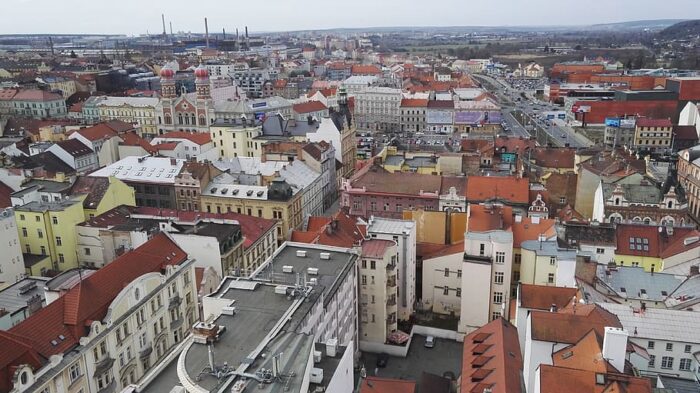
Pilsen combines affordable rent with an incredible arts scene. While gentrification has pushed some prices up, you can still find one-bedrooms for $900-$1,400, especially in the eastern parts of the neighborhood.
The area is famous for its colorful murals, art galleries, and cultural events. The National Museum of Mexican Art offers free admission, and First Fridays bring art lovers from across the city. The food scene includes both traditional Mexican restaurants and trendy new spots.
Local markets like Carnicería Jiménez offer fresh ingredients at great prices, helping residents save money on groceries. The neighborhood also has several community gardens where residents can grow their own food.
Keep in mind that Pilsen is experiencing gentrification, so rent prices vary significantly by block. The western areas tend to be more affordable than blocks closer to downtown.
5. Humboldt Park
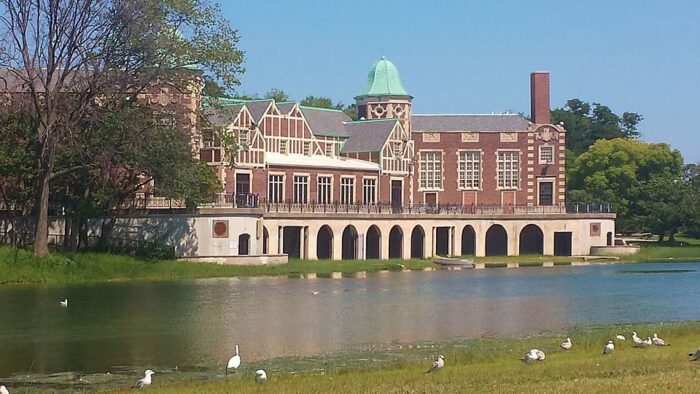
Humboldt Park offers affordable housing near one of Chicago’s most beautiful parks. Average rents range from $800-$1,300 for one-bedrooms, and many apartments include heat, helping reduce utility costs.
The neighborhood has undergone significant revitalization in recent years, with new businesses opening while maintaining its Puerto Rican cultural identity. The annual Fiesta Boricua brings thousands of visitors to celebrate Puerto Rican heritage.
Local businesses along Division Street and North Avenue provide everything residents need within walking distance. The Humboldt Park Farmers Market operates seasonally, offering fresh, affordable produce.
Transit options include multiple bus lines and the Blue Line at California station. The large park itself offers free recreation opportunities including a beach, sports fields, and year-round programming.
6. Archer Heights
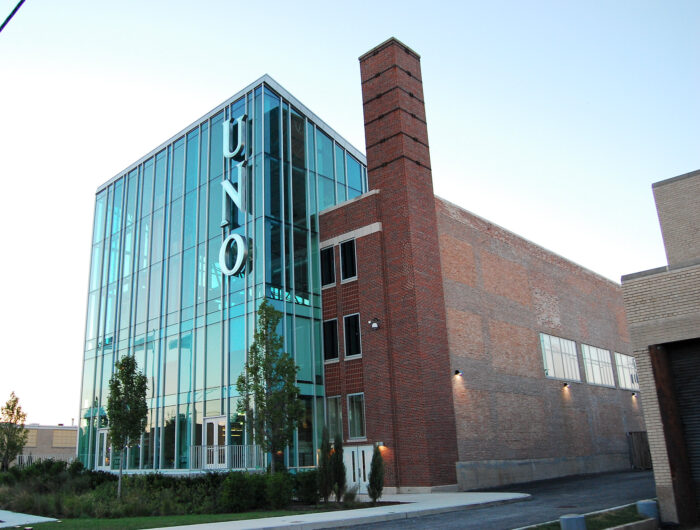
Archer Heights provides suburban living within city limits at very affordable prices. One-bedroom apartments typically cost $700-$1,000, making it one of the cheapest places to live in Chicago for families and individuals alike.
This quiet residential neighborhood consists mainly of single-family homes and small apartment buildings. It’s perfect for people who want a peaceful environment while maintaining city access. Many residents work at nearby Midway Airport, making commutes easy.
Family-friendly amenities include several parks, good schools, and a strong community feel. The neighborhood has low crime rates and active block clubs that organize community events.
Transportation to downtown takes about 45 minutes by bus and train combinations, but many residents work locally or in nearby areas, reducing commute times significantly.
7. Brighton Park

Brighton Park offers diverse, affordable housing in a multicultural community. Rent ranges from $650-$1,100 for one-bedrooms, making it extremely budget-friendly for renters of all backgrounds.
The neighborhood’s multicultural atmosphere means incredible food diversity at affordable prices. You’ll find Mexican taquerias next to Polish delis and Asian markets, all offering budget-friendly options for daily meals.
Local services include several grocery stores, community health centers, and small businesses that cater to residents’ needs. The area has good bus connections that make commuting throughout the city manageable.
Brighton Park’s location on the southwest side provides easy access to both downtown and the suburbs, making it perfect for people who work in various parts of the metropolitan area.
8. McKinley Park
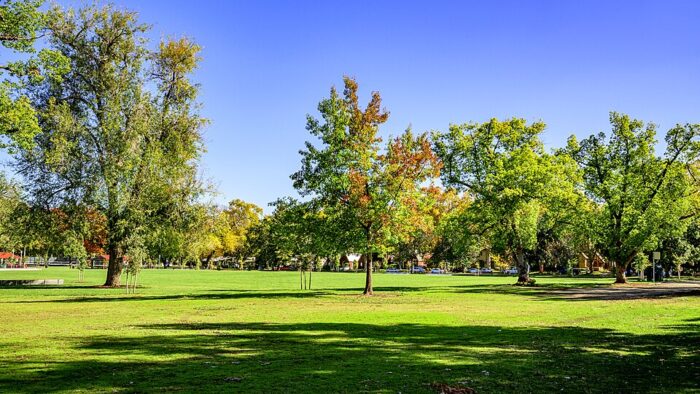
McKinley Park is an emerging neighborhood with some of the lowest rents in Chicago. One-bedrooms typically cost $700-$1,200, and the area offers excellent value for budget-conscious renters.
The neighborhood’s namesake park provides 69 acres of green space with sports facilities, a swimming pool, and programming for all ages. It’s like having a private backyard in the middle of the city.
Recent development projects have brought new businesses and improved infrastructure while keeping housing costs low. The area has significant growth potential, making it attractive for long-term residents.
McKinley Park offers a quieter alternative to busier neighborhoods while maintaining good access to transportation and city amenities. Many young professionals are discovering this hidden gem.
9. Portage Park

Portage Park on the northwest side offers affordable family living with one-bedrooms averaging $800-$1,300. The neighborhood has a suburban feel while providing easy access to downtown via the Blue Line.
This family-oriented community has excellent schools, safe streets, and plenty of parks. Portage Park itself covers 24 acres and includes sports facilities, a swimming pool, and year-round programming.
Local amenities along Irving Park Road include everything from grocery stores to restaurants to service businesses. The area has maintained its middle-class character while remaining affordable for new residents.
The Blue Line at Jefferson Park provides direct access to downtown and O’Hare Airport, making commutes convenient for residents who work in the Loop or travel frequently.
10. Garfield Ridge
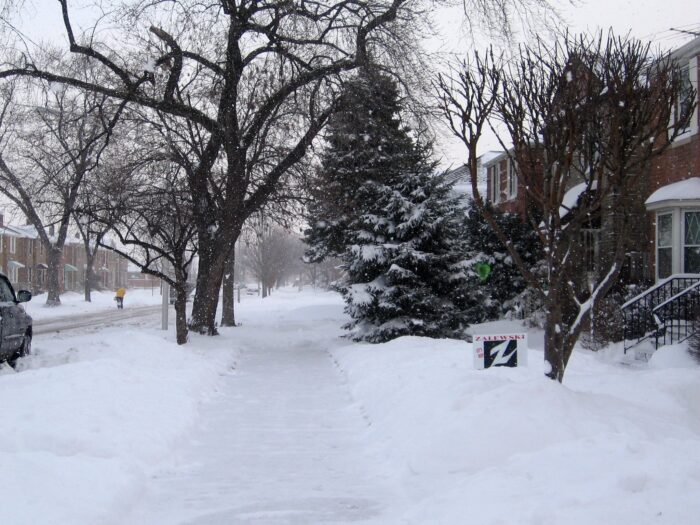
Garfield Ridge near Midway Airport offers some of the most budget-friendly housing in Chicago, with one-bedrooms starting around $600-$1,000. The quiet residential atmosphere attracts people who want suburban living in the city.
Living near the airport means employment opportunities for residents interested in aviation, hospitality, or logistics work. Many residents have short commutes, saving money on transportation costs.
Local dining options include family-owned restaurants serving comfort food at reasonable prices. The neighborhood has several parks and maintains a strong community feel with active neighborhood associations.
While the airport location means some airplane noise, many residents appreciate the convenient travel access and affordable housing costs that come with the location.
11. Clearing

Clearing consistently ranks as one of the cheapest places to live in Chicago, with one-bedroom apartments often available for $500-$900. This southwest side neighborhood offers suburban-style living at unbeatable prices.
The suburban neighborhood feel includes tree-lined streets, single-family homes, and small apartment buildings. It’s perfect for people who want quiet residential living while maintaining city access.
Transportation includes several bus lines connecting to CTA rail stations, though commute times to downtown can be 45-60 minutes. Many residents work locally or in nearby suburbs, reducing travel time.
Community characteristics include active neighborhood groups, local festivals, and a strong sense of safety. Residents often know their neighbors and look out for each other.
Money-Saving Tips for Chicago Renters
Best Times to Search for Apartments
Timing your apartment search can save you hundreds of dollars. The best deals on cheap places to live in Chicago typically appear during winter months when fewer people move. December through February often brings rent reductions and move-in specials.
Avoid peak moving times like May through September when college students and young professionals flood the market. Landlords can charge premium prices during these busy months.
Start your search 60-90 days before your desired move date. This gives you time to compare options and negotiate without feeling rushed into expensive decisions.
Negotiating Rent and Lease Terms
Research comparable rents in your target neighborhoods before making offers. Websites like RentSpice and PadMapper help you understand fair market rates for similar apartments.
Common negotiation points include first month’s rent, security deposits, pet fees, and included utilities. Landlords often prefer good tenants over maximum rent, especially for longer lease terms.
Building relationships with landlords or property managers can lead to better deals and future rent stability. Be professional, responsive, and honest about your rental history and financial situation.
Hidden Costs to Factor In
Utility expenses vary significantly between neighborhoods and building types. Older buildings often have higher heating costs, while newer constructions may include more utilities in rent.
Parking fees can add $50-150 monthly to your housing costs in many areas. Factor this into your budget, or look for neighborhoods with good street parking availability.
Security deposits, application fees, and broker fees can add $1,000+ to your upfront costs. Budget for these expenses when planning your move to cheap places to live in Chicago.
Transportation and Commuting from These Areas
CTA Access and Monthly Pass Costs
Most affordable neighborhoods have decent CTA access, keeping transportation costs reasonable. A monthly CTA pass costs $105 for unlimited rides on buses and trains throughout the city.
Commute times to downtown from our recommended areas range from 25-60 minutes depending on location and transportation options. Areas near rail lines offer faster, more reliable commutes than bus-only neighborhoods.
Calculate your monthly transportation savings when comparing neighborhoods. Living slightly farther from downtown but near good transit can save you hundreds monthly compared to expensive downtown apartments.
Bike-Friendly Options
Several affordable neighborhoods offer good cycling infrastructure, helping residents save even more on transportation costs. Pilsen, Little Village, and Albany Park have expanding bike lane networks.
Divvy bike share stations are available in most of our recommended areas, providing affordable short-term transportation options. Annual memberships cost $95 and can replace many CTA trips.
Commuting by bike can save $100+ monthly compared to CTA passes while providing exercise and flexible travel times. Many residents use bikes for local trips and trains for longer commutes.
Local Insights: What Residents Really Think
Pros and Cons from Local Reviews
Residents consistently praise the affordability and community feel of these neighborhoods. “I can actually save money while living in a real neighborhood with character,” explains Sarah, an Albany Park resident.
Common concerns include longer commute times to some job centers and ongoing gentrification pressures in popular areas like Pilsen and Humboldt Park.
Seasonal considerations matter in Chicago. Winter heating costs can be significant in older buildings, while summer cooling costs are generally manageable with proper apartment selection.
Community Resources and Support
Local community centers offer programming, job resources, and social connections for new residents. Most neighborhoods have active Facebook groups where residents share recommendations and local news.
Neighborhood forums help newcomers integrate quickly and find everything from reliable contractors to restaurant recommendations. Building these connections makes affordable living more enjoyable and sustainable.
Newcomer integration tips include attending community events, supporting local businesses, and joining neighborhood groups that match your interests and lifestyle.
Final Thoughts and Next Steps
Choosing the Right Neighborhood for Your Lifestyle
The best cheap places to live in Chicago match your personal priorities with neighborhood strengths. Consider factors like commute times, community atmosphere, and local amenities when making your decision.
Questions to ask during apartment visits include utility costs, neighborhood safety, parking availability, and lease terms. Don’t rush decisions based solely on low rent prices.
Red flags to watch for include unusually low rents that seem too good to be true, high tenant turnover in buildings, and areas with declining community investment.
Resources for Your Apartment Search
Recommended rental websites include Zillow, Apartments.com, Craigslist, and local Facebook housing groups. Each platform offers different inventory and pricing options.
Local real estate contacts can help you find apartments not listed online. Many neighborhood-specific agents specialize in affordable housing options.
Create a neighborhood visit checklist including safety observations, commute timing, local amenities, and community feel. Visit during different times of day to get accurate impressions.
Frequently Asked Questions
What’s considered affordable rent in Chicago?
Affordable rent in Chicago typically means paying under $1,200 for a one-bedroom and under $1,500 for a two-bedroom apartment. These prices keep housing costs below 30% of median local incomes.
Are these neighborhoods safe for young professionals?
Most of our recommended areas have improving safety records and active community involvement. Like any urban area, use common sense precautions and research specific blocks before choosing apartments.
How much should I budget for utilities in these areas?
Utility costs range from $50-150 monthly depending on apartment size, building age, and included services. Many affordable apartments include heat, reducing winter costs significantly.
Which neighborhoods have the best grocery shopping options?
Little Village, Pilsen, and Albany Park offer excellent grocery options with multiple supermarkets, ethnic markets, and fresh produce availability at competitive prices.
What’s the average commute time to downtown Chicago?
Commute times from our recommended neighborhoods range from 25-60 minutes to downtown Chicago. Areas near rail lines offer faster commutes than bus-dependent locations.
Ready to find your perfect affordable Chicago neighborhood? Start your search today by visiting these areas in person, connecting with local residents, and exploring the unique character each community offers. Your ideal cheap place to live in Chicago is waiting for you!
